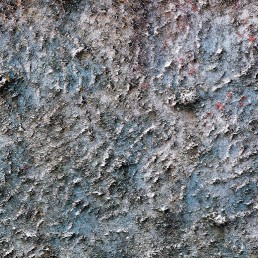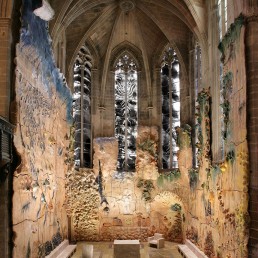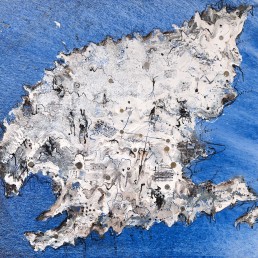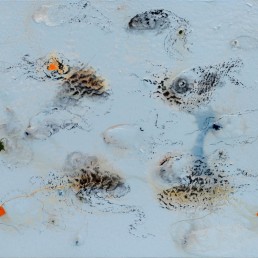His adventurous and humanistic spirit, together with his deep love of the Mediterranean and books, make Miquel Barceló the ideal artist for breathing new life into the legacy of the Aurea dicta volume.
Miquel Barceló (Felanitx, Mallorca, 1957) has won the National Prize for the Arts on three occasions and is regarded as one of the contemporary artists of the highest international standing.
Immensely prolific and diverse, Barceló’s artistic oeuvre shares a fascination with the world of nature, the passage of time and humankind’s return to their origins.
Quite the nomadic artist, Barceló often incorporates into his style elements of his travels around the world, particularly to Africa and the Himalayas, as well as a permanent link to the Mediterranean of his birth.
His characteristic hallmark is the outcome of decades of continual research into materials, techniques and pictorial tradition, as can be seen in some of his most famous works, the room of the Human Rights Council at the UN Palace of Nations in Geneva, the Chapel of the Most Holy in Palma de Mallorca Cathedral and the sculpture entitled Gran Elefantdret, exhibited in New York.
Barceló has been the subject of all kinds of exhibitions and retrospectives in the most famous museums around the world (the Venice Biennale, the Museo Nacional Centro de Arte Reina Sofía in Madrid, the Centre national d’art et de culture Georges-Pompidou in Paris, etc.) and in 2004 he became the youngest artist to show work in the Louvre in Paris, which exhibited his paintings on Dante’s Divine Comedy.




